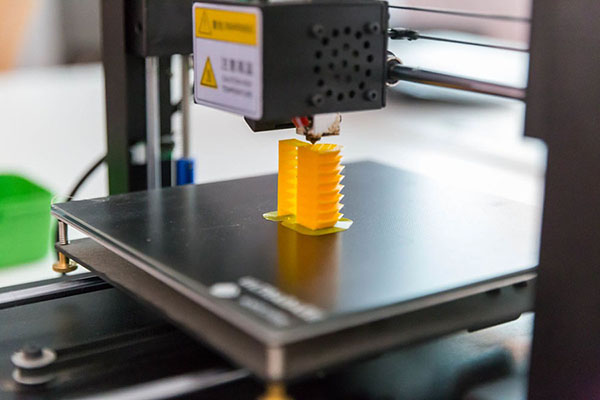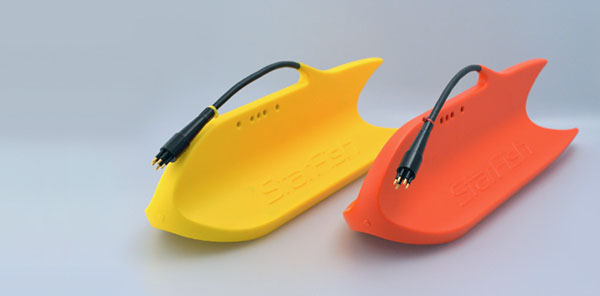3D printing has been one of the most disruptive processes for the manufacturing industry. Its popularity is increasing every day to deliver an unexpected end for many businesses. The application of the three-dimensional printing process is ringing in almost every sector of production. One thing that has helped in making this process successful is that it easy, faster, and comfortable to use. 3D printing is gaining traction because of its concept design, model creating, and obtaining images from PCs. With 3D printing, you can also make use of other applications such as Sintering, SLA, and more.
When talking about the production industry, 3D printing has been one of the most successful processes to use. Putting the vacuum casting process and 3D printing into a prototyping project will help you discover transformational wonders. For instance, when engaging in a low volume cost project, you can see the beautiful result that comes from vacuum casting and 3D printing. Many people may not understand how these production processes work and benefit producers. The content will help throw more light on how both processes can help boost the result of the production sector.

3D printing processes*
The Entire Process Of Vacuum Casting:
The V Process or vacuum casting process often makes use of a molding structure that doesn’t contain binders or moisture. The molding structure can carry the content in this production process. It implies that the internal cavity is made with the power of the molding structure. With this approach, the pressure can expand as the vacuum internal cavity heats. The goal of the casting process is to be able to create a master model. The only way to achieve this by introducing the Stereolithography into the process.
3D printing, injection molding, or other processes can also help in the procedure. Once the master model is available, you’ll now have to pour it into a silicone container. Ensure that bubbles are not inside the container when pouring the master model. Hardening is the next step to take as the casting of the master model occurs. The master will be separated as the molding structure dismisses from the process. Pour silicone spray into the inner parts of the container to remove any hardening.
Vacuum Casting And Three-Dimensional Printing In Low-Level Manufacturing:
The first step to take when dealing with low-level manufacturing is the 3D printing process. The three-dimensional printing technology also contains stereolithography and injecting molding procedures. The efficiency of the entire process is always on the casting method used. With casting, there can be the production of numerous parts without affecting the quality. There is a need to ensure that the material used should be of the highest quality. Using transparent materials often end up giving you the best result. It helps to boost the flexibility and strength of parts produced during this process. Another thing to consider is not overdoing it to affect the final quality of products produced. The truth is that casting can help produce the best result when combined with other production methods.

Vacuum casting**
Advantages Of Using Vacuum Casting In Production:
In other ways, some expert often calls this process silicone molding. The objective of developing this process is to help in the designing of top-notch parts. When using the injection molding process, the entire time to create parts may be longer. With the help of vacuum casting, there will not be a need to waste more time. Vacuum casting doesn’t work with binders or sand molding.
It means no reconditioning and sand restoration for the casting process. People using this concept will not experience the need for metal deformation. One reason this occurs is that water is no longer available in the molding container. Vacuum casting can work for functional testing, market research, design, and much more. Even for crucial models, concept prototypes, and marketing, casting can also work. Remember that casting doesn’t time much time when producing parts or prototypes.
Vacuum Casting Materials:
When using this process for a low-level production, it’s better to make use of polyurethane. Ensure that these items have thermoplastic features that can help to withstand any pressure that occurs. Materials that look like polyurea, ABS, rubber, or others can also do well. Sometimes, if you make use of materials that have elastomer features, the result can be pretty great as well. Some people like using silicone and wax and get almost the same excellent results. There is a wide range of options to select from when using vacuum casting in a production process. The basis of this article is to tell you that both 3D printing and casting can always work together to give quality and reliable results.
Reference
*Image from https://www.nsmedicaldevices.com/
**Image from https://www.ame-group.co.uk/
